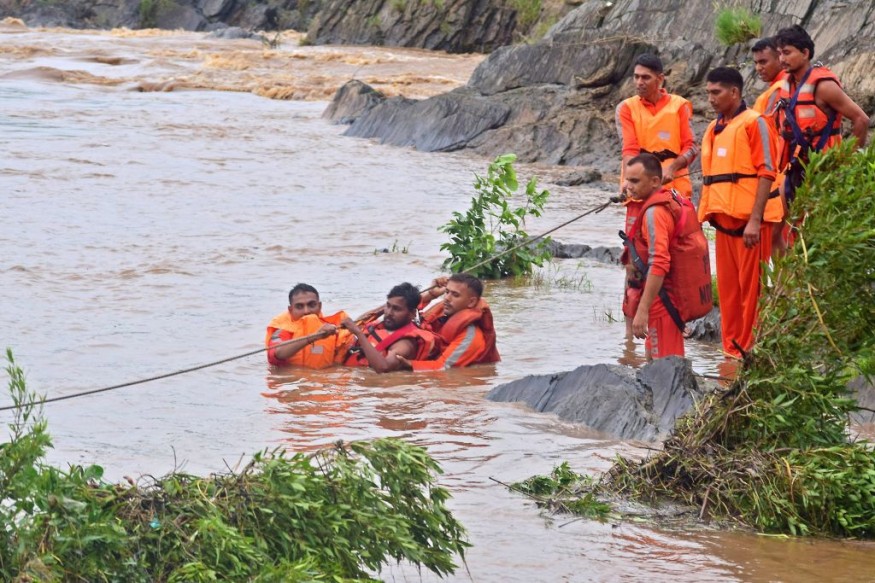
The latest weather forecast showed that Northern India experienced heavy rain that resulted in mudslides, flash floods, and landslides.
The report said that at least 22 died, as rescue operations continued.
Weather reports further noted that Northern India suffered from devastating rain and flooding concerns early this week, as many affected residents were evacuated due to raging waters.
Rescue operations were deployed with helicopters to rescue stranded residents while on the road. Flooding alerts helped to warn people of the flooding concerns.
Raging flooding in Northern India
In the latest reports, Reuters and AccuWeather reported that heavy rain and flooding were reported in Himachal Pradesh, Uttarakhand, Punjab, Haryana, and parts of Delhi.
The monsoon season in the country is set from April to September. The report noted that the Southwest monsoon played a significant role in the heavies rainfall in the region.
Furthermore, the India Meteorological Department (IMD) issued flooding alerts in the said affected areas in Northern Indian states.
The forecast warned people to limit outdoor activities and unessential travel. Schools were also closed due to travel safety risks, ensuring the safety of students.
According to CNN, stranded 27 people in the Kullu district were rescued on Monday.
Recently, Nature World News (NWN) reported that soaring temperatures emerged in part of India that brought heat-related risks.
In the report, challenging heatwaves were reported in Eastern and Northern India.
Staying safe from the flooding conditions
The latest reports noted that flooding and landslides emerged due to the torrential rainfall. Rainy conditions could result in slower commutes and travel disruptions.
Also, Read : South Florida Experiences Large Cloud of Dust That Could Likely Cause Reduced Air Quality
Motorists with travel plans should check the weather conditions of the road before leaving to avoid being stranded while on the road.
Here are essential reminders for homeowners and motorists to keep safe during inclement and bad weather.
Keep updated with the weather conditions
Homeowners should keep updated with the weather conditions, especially for possible flooding concerns and torrential downpours.
People near the coast and flood-prone areas can be better prepared for possible rainy conditions.
Evacuate immediately
People should immediately evacuate when the weather becomes severe and challenging. It is more difficult to evacuate when floodwaters begin to rise.
Before evacuating, it is helpful to turn off all electrical switches to avoid any possible electrical shock.
Keep your items and equipment on high ground
Homeowners should keep their equipment, toxic materials, and items on high ground if flooding emerges.
Keeping emergency supplies
A small bag with emergency supplies can become helpful when your family evacuates or become stranded.
It should include bottled water, non-perishable goods, medicines, battery-powered flashlights, and a small battery-powered radio.
Return when it is safe
Homeowners or affected residents should return home when it is already safe from flooding. It is best to wait for authorities' advice before you return home.
Related Article : India Severe Heatwaves: Soaring Temperatures Likely Contribute Deaths Due to Heat-Related Concerns
For more similar stories, don't forget to follow Nature News.
© 2025 NatureWorldNews.com All rights reserved. Do not reproduce without permission.





